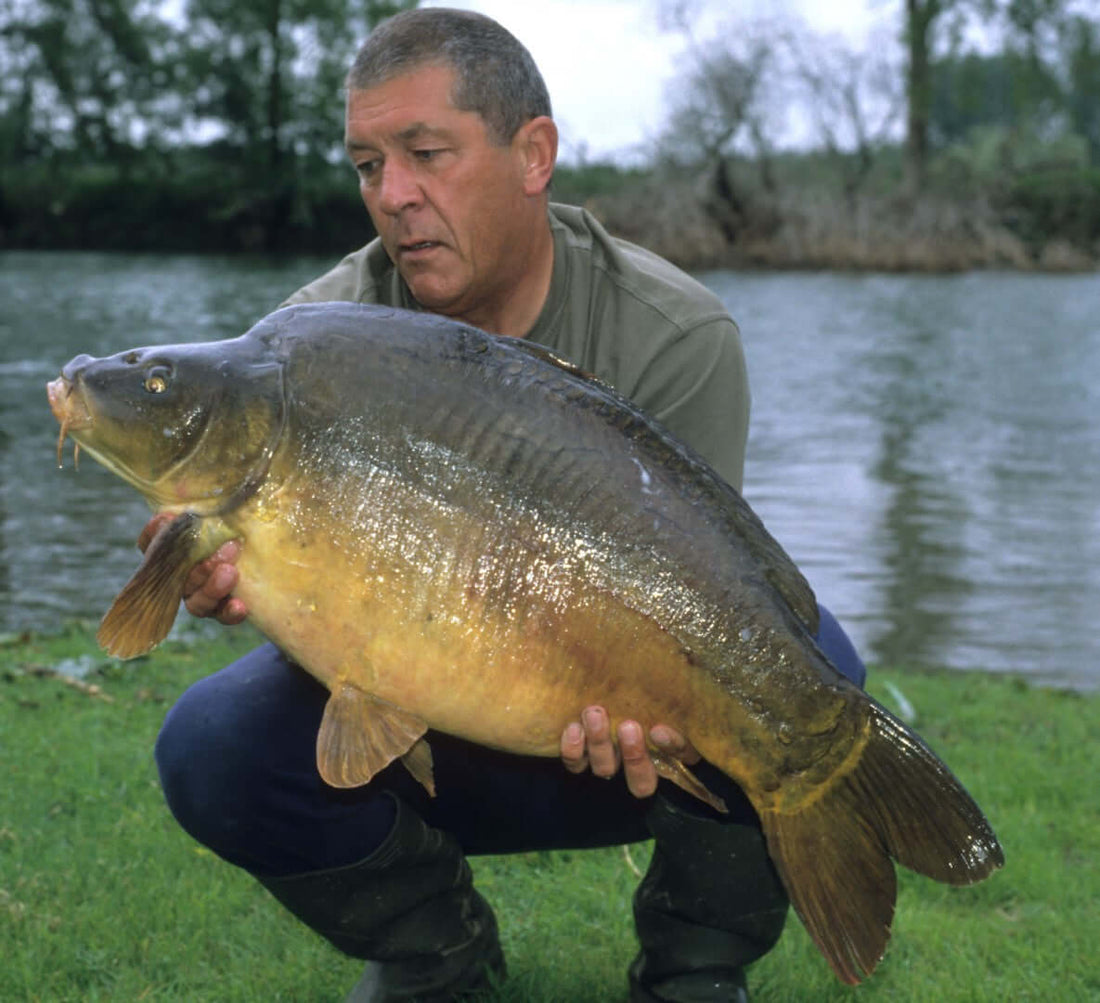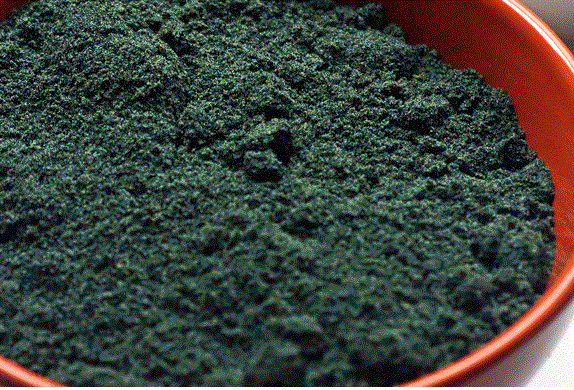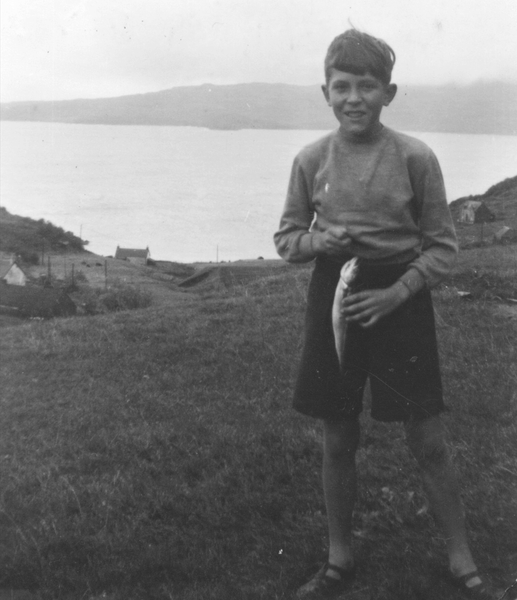
In this blog I want to delve deeper into the darker netherworld of bait composition, and as the title suggests, this may prove to be rather heavy going. However, I feel it is important to understand the basics of bait chemistry in order to grasp the associated subject of bait attraction. Way back in the mists of time when I started trying to understand the science of bait formulation, I realised there was a lot more to the subject that met the eye. Thankfully I was guided along the path to understanding by some of the great bait thinkers of the time, Keith Sykes, Tim Paisley and of course Fred Wilton. I owe these guys a lot!
I must also pay a huge gratitude to my oldest carp fishing mate, the legendary Liam Deeps, who first put me onto Robin Red many moons ago. (He also showed me the hair rig at the same time, so you can imagine just what an edge I had over those Cornish carp way back in the day!)

Your choice of attractors for use in a boiled bait is very important. Some attractors may last several seasons when correctly applied; others may last only for a short session and blow out soon afterwards. One thing you must always bear in mind is that bait is food! (Or it should be!). High attract baits with low nutritional value are a short-term answer to a long-term solution, namely, the requirement to establish a food bait using a low, flavour level. Alternatively you may want to experiment with a more natural approach and do away with artificial flavours altogether, relying on the natural attractors you have used within the bait matrix. This is where a deeper understanding of the fishes’ environment, water, is useful, which brings us back to that perennial cause of the aforementioned headache, pH. The two natural attractors in this photo are among the best there are, as they add considerably to the overall attraction of the finished product, your bait! They both rely upon the interaction of the stimulating organics in the liquids with lake water.

Water is everywhere; we take it for granted. Yet it is a strange and unusual substance with many baffling unique properties that are vital to life on Earth. How and why does a simple water molecule, composed as it is of two hydrogen atoms and one oxygen atom, behave the way it does and how does it support life? We all take for granted the most familiar properties of water, namely that it is colourless, tasteless and odourless, and that it forms solutions readily with some liquids and solids, but how much do we actually understand about the nature of water. After all, water is a part of every living organism on the planet.
The polarity of water allows it to bind with other molecules, such as fatty acids, amino acids, simple salts and other substances, and that’s where carp angling comes in. The water molecules form bonds with these substances and even though such bonds may be weak they lead to many other unique properties. Not least is their ability to transmit ‘messages’ through the medium of the surrounding water.
Here's a good example of a bait ingredient's reaction with water. You may or may not have heard of Betaine but it is one of the best attractors on the planet. Try this experiment for yourself. Take a 5g spoonful of Betaine; add it to 25ml of tap water and stir. Dissolves almost instantly. (You'll have to take my word for it!)

Betaine can also be used as a hookbait coating. Simply dip the hookbait in a tub of betaine before you cast out. On the lakebed the crystals will dissolve almost immediately creating a powerful local source of attraction right on top of the hookbait.

Betaine crystals will also dissolve when subjected to a gentle heat. You can use this principle to your advantage. Scatter Betaine over cooling baits that have just come out of the boil.
Water has many unique interactions with salts, lipids, proteins and nucleic acids. Hydrophilic, or water loving molecules are substances that dissolve readily in water. They are composed of ions that attract water molecules, which surround each ion and carry it into solution. They are attracted to the positive or negative charge of each ion and their molecules form hydrogen bonds with the surrounding water molecules.
Hydrogen bonds can also form between proteins and lipids, while many substances dissolve in water. Their molecules separate from each other becoming surrounded by water molecules. When a substance dissolves in a liquid, the mixture is termed a solution. A common characteristic of all the most effective attractors and flavours is that they can also form a solution with water because of its polar bonds, as is the case with Betaine. Substances that release hydrogen ions into solution are called acids. Many of these are weak and they dissociate to give a hydrogen ion in solution.

The carboxyl group of acids such as N-Butyric acid is quite significant from a carp angler’s point of view as they are very effective carp attractors. N-Butyric acid is an example of an acid from the carboxyl group and is therefore termed a carboxylic acid. Valeric acid is another as is vinegar. These acids have pH values of between ph 2.0 and pH 4.0. Lemon juice is pH 2.0. N-Butyric acid for example smells strongly of cheese; indeed, it is the main ingredient in all commercial cheese flavours. This explains why most cheese flavours are effective in a carp bait.
Messages can be passed through the medium of water along the positively charged atoms, and carp find their food (in part) by detecting these messages. This is because their natural foodstuff, mainly invertebrates, small fish, mussels, crayfish, etc all emit chemical signals that the carp can detect through local changes in the chemical make up of the surrounding lake water.

From Day 1 of its life a carp’s senses are tuned to detect the presence of food using their olfactory sense organs. These can be found on the head and the most obvious sense organs are the barbules. The olfactory openings situated just above and in front of the eyes continually pass water across receptor membranes and it is messages detected by these that indicate the presence of food. Think of these as food messages saying loud and clear, "Here is food". They are being sent from the bait and received by the carp through the medium of the lake water. These food messages come in the form of what are known as ‘free’ amino acids. Carp associate free amino acids with food, as they are a by-product of respiration, excretion and other day-to-day activities that are emitted by living organisms underwater.
Acids in water separate into ions, and the positive ion is hydrogen. This is where pH (positive hydrogen) comes into play. pH is a measure of acidity and alkalinity. It runs on a scale of 0 to 14. From 0-7 is acidic, from 7-14 is base (alkaline). Water is said to be either acidic (between pH 0 and pH 7) or alkaline (pH 7 – pH 14) A pH of 7.0 is neutral (i.e. neither acidic or alkaline). However, water cannot exist in a neutral state outside of a laboratory so all lake or river water will be acidic or alkaline to a greater or lesser degree. The lower the pH the more acidic it is; the higher the pH the more alkaline it is.
The pH scale is logarithmic, which means, for example, that pH 5 is ten times more acidic than pH 6. The pH range of interest to anglers is between pH 6.8 and pH 7.5, as it is generally believed that carp are most comfortable within that range. That is not to say, however, that they cannot tolerate and survive in values both higher and lower than the range mentioned above, and in fact carp are tolerant of large swings in pH. However, most of the best carp waters are slightly alkaline with a pH of around 7.5. Acidic waters are generally less productive than alkaline ones but waters between the ranges of about pH 6.8 – pH 7.5 will be very similar as far as food availability is concerned.

I like to use natural attraction in my bait by using food liquids wherein a certain amount of the protein is hydrolysed. These can be marine extracts, or any food compound where some of the protein content has been partly pre-digested (enzyme-treated) using a process called hydrolysis. These proteins are the key to "active" baits as they are chemically treated to a specific degree that releases a finite amount of pre-digested protein.

Protein digesting enzymes are used during the process to break down complex proteins into more digestible parcels of food protein. The enzymes act on the chains of protein by making more of the protein available as food. These enzymes have specific pH and temperature triggers outside which they just won’t work. In the mid to late 80s many of us tried working with enzymes in our baits but given the unscientific conditions of the average kitchen, making them work was always a hit a miss affair. However, in recent times it has become possible to obtain enzyme-treated proteins, which clearly cut out all that uncertainty as they are produced under the strictest laboratory conditions. These pre-digested proteins are known as hydrolysed proteins and a process called hydrolysis forms them. (Incidentally if you see the word Hydro is on the label this indicates that the protein content has been treated to make the aminos more available.)

Compounds thus treated are broken down into simpler, more digestible end products, which can readily be detected via a carp's olfactory sense. The CPSP90 enzyme-treated fishmeal from Feed Stimulants is a perfect example of a modern pre-digested fishmeal and it is an essential component of just about every bait I make. Carp are drawn to the bait by the local pH change so that when they eat the bait its pre-digested nature allows for speedy and effective nutritional uptake. Carp soon recognise this as a positive factor and they home in on the bait with gusto. These food liquids are all excellent in a bait as they all send out that "This is Food" message once in the water.
Though hydrolysed fish, milk and other proteins have been around for some time now, they are becoming more and more refined and a greater proportion of the protein can now be made available to carp as food. This can only have a positive effect on carp, as they will benefit from the more easily digested food source such baits represent.

When assessing a flavour you will need to know its level of acidity. This is expressed as a figure on the pH scale. This stands for positive Hydrogen, and it indicates the acidic or alkaline nature of the substance. You should be looking for a flavour with a pH of around pH4.0 - pH5.0 and flavours that have stood the test of time thanks to their acidic pH include maple, maplecream, strawberry cream, pineapple, squid, and blends such as Squid and Octopus flavour. These two liquid flavours from Quality Baits form the basis of Hutchy's Sense Appeals and they are characterised by a pH of around 4.0 ideal for creating a carp bait.

This is all that is left in a bottle of the original Richworth Tutti. In its day this was one of the most effective flavours going and every drop of my remaining flavour is like gold dust to me. Incidentally, reputable bait firms will always provide, when asked, the pH values of their flavours.

There are exceptions to this rule of acid attraction and while I am not convinced that alkaline liquids are as effective as acidic ones - that is to say, they have a pH above neutral - there is no escaping the fact that some Monster Crab flavours are devastatingly effective. This version has a pH of 9.1 so it is alkaline.

Natural and artificial attractors act to draw fish to the area, to keep them there and finally to allow them single out your hookbait. For this we need to build a base mix that is not only attractive but is also nutritious. We also need to create a bait that will encourage the carp investigate the food messages in the first place and we use citric acid to create just such a investigation trigger. It is a highly stimulatory additive for carp that enhances any fruity ingredients used. Importantly, it makes the bait more acidic, which in turn makes it stand out in water from the surroundings.

Here is a recipe for a very good bait. Basically it is an HNV birdfood and fishmeal mix that has proved to be highly productive for me (note the scales!).
300g LT94
150g Red Factor
130g CLO
100g Soya Flour
100g Semolina
85g CPSP90 pre-digested fishmeal
85g Milk powder
25g Robin Red
25g Wheatgerm
1g Citric acid
25ml Liquid Plankton Hydro (Calanus)
10ml Pure Scottish Salmon Oil

OK, that looks pretty complicated and it is! But to be honest there is no need to go over the top when constructing a decent base mix. You can make a perfectly decent bait using just four ingredients, namely, Nectarblend, Robin Green, Haith's Fishmeal, and Whey Protein, and in my next Blog I will look at the attraction side of bait in a bit more detail.
Written by Ken Townley





